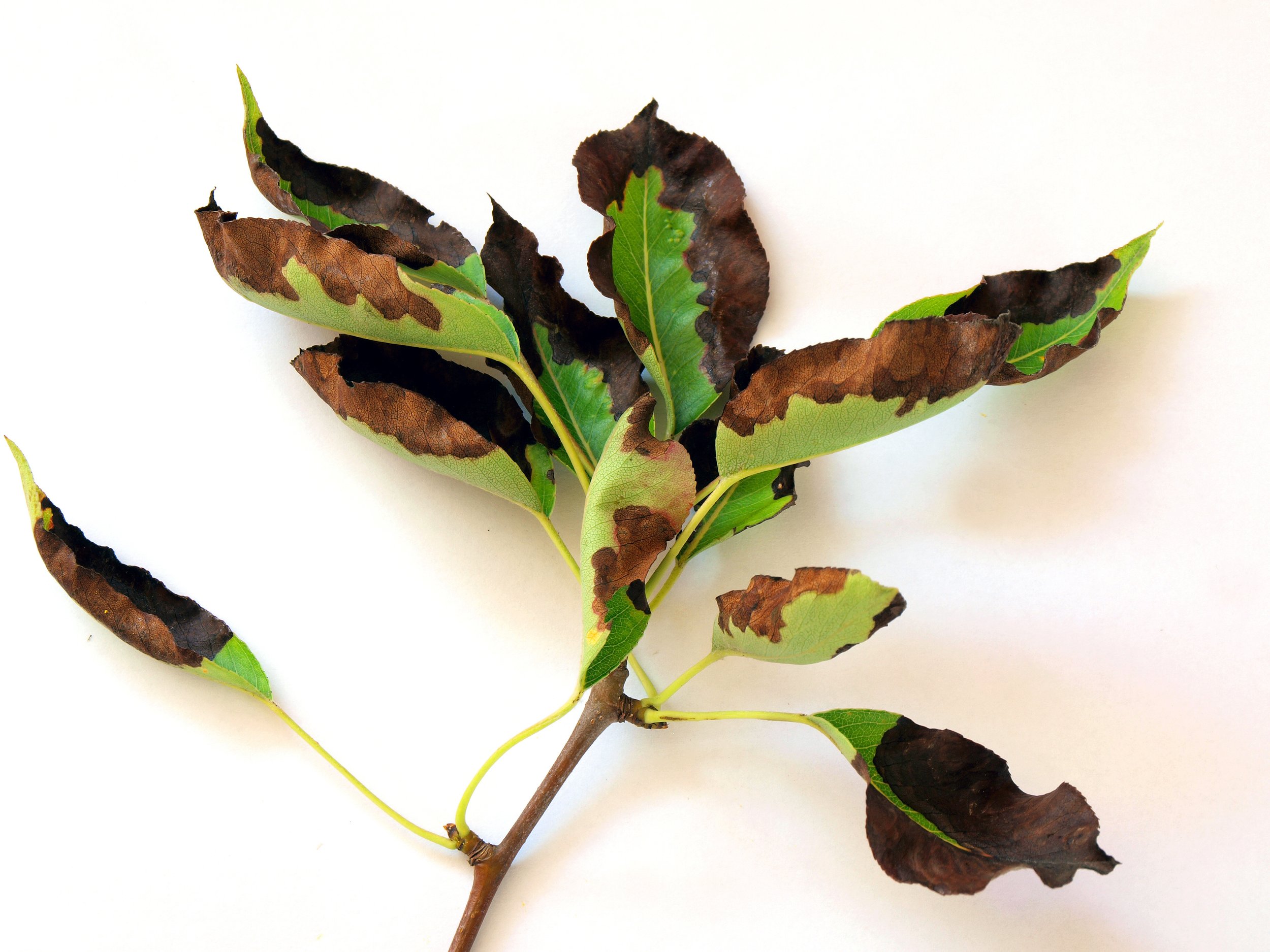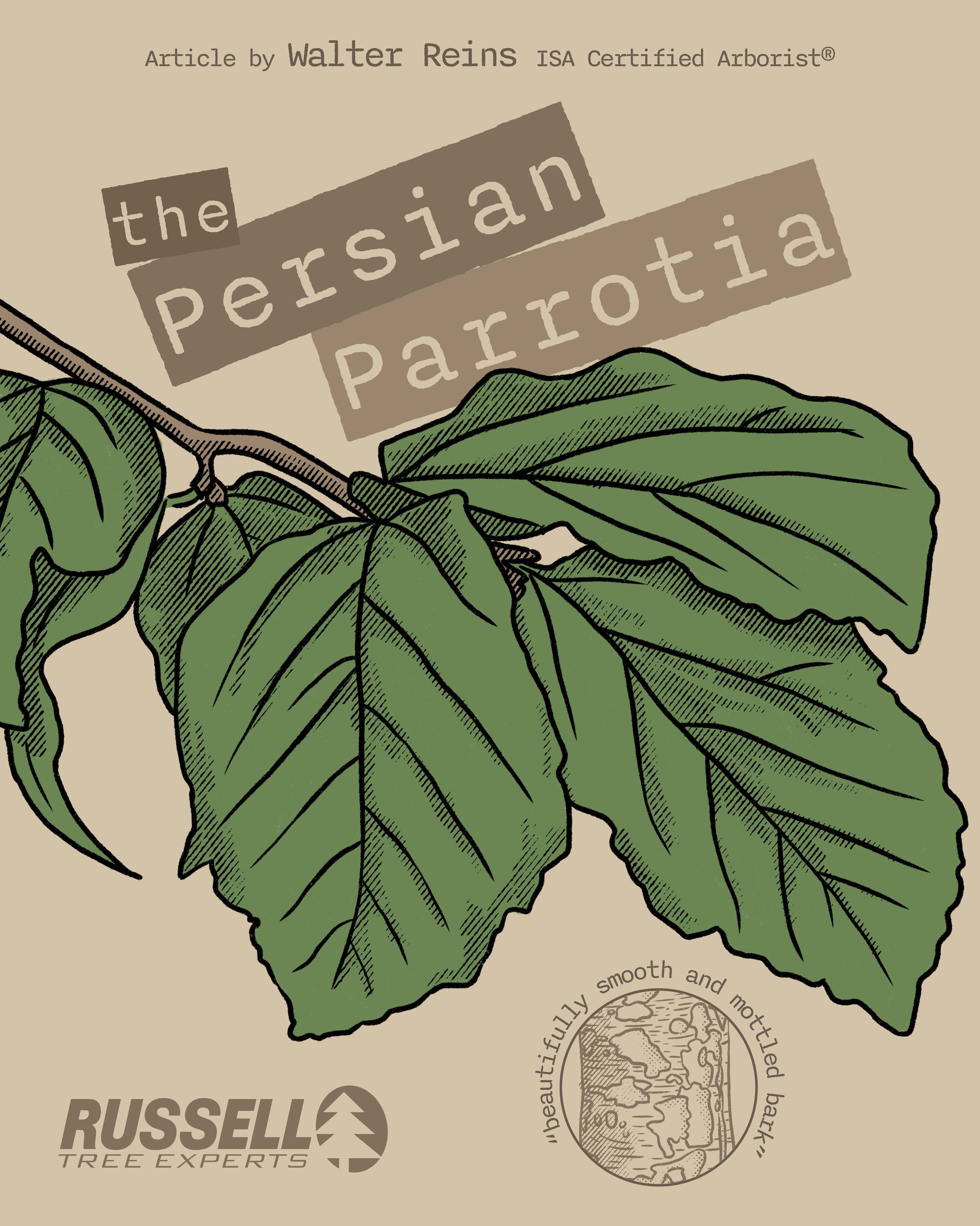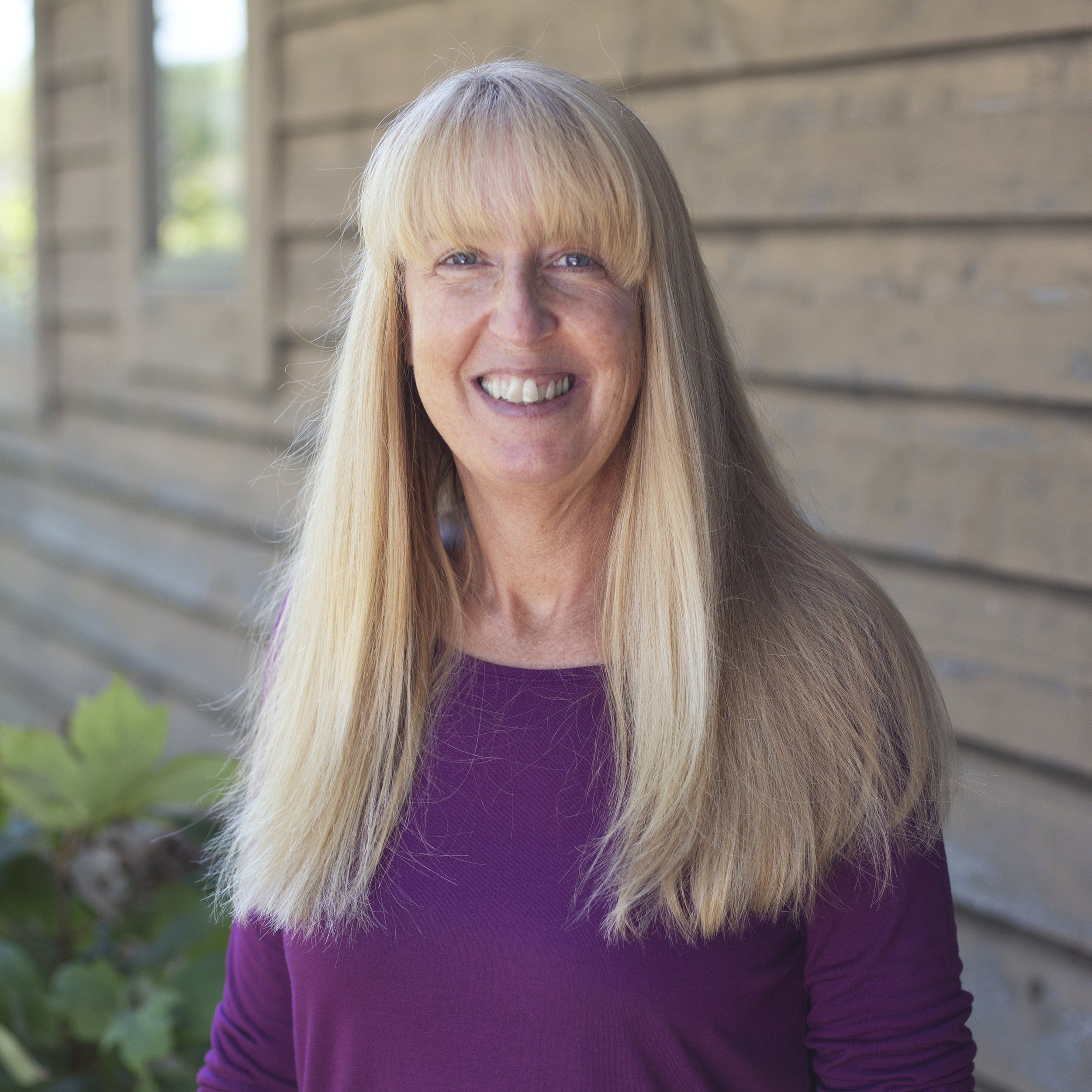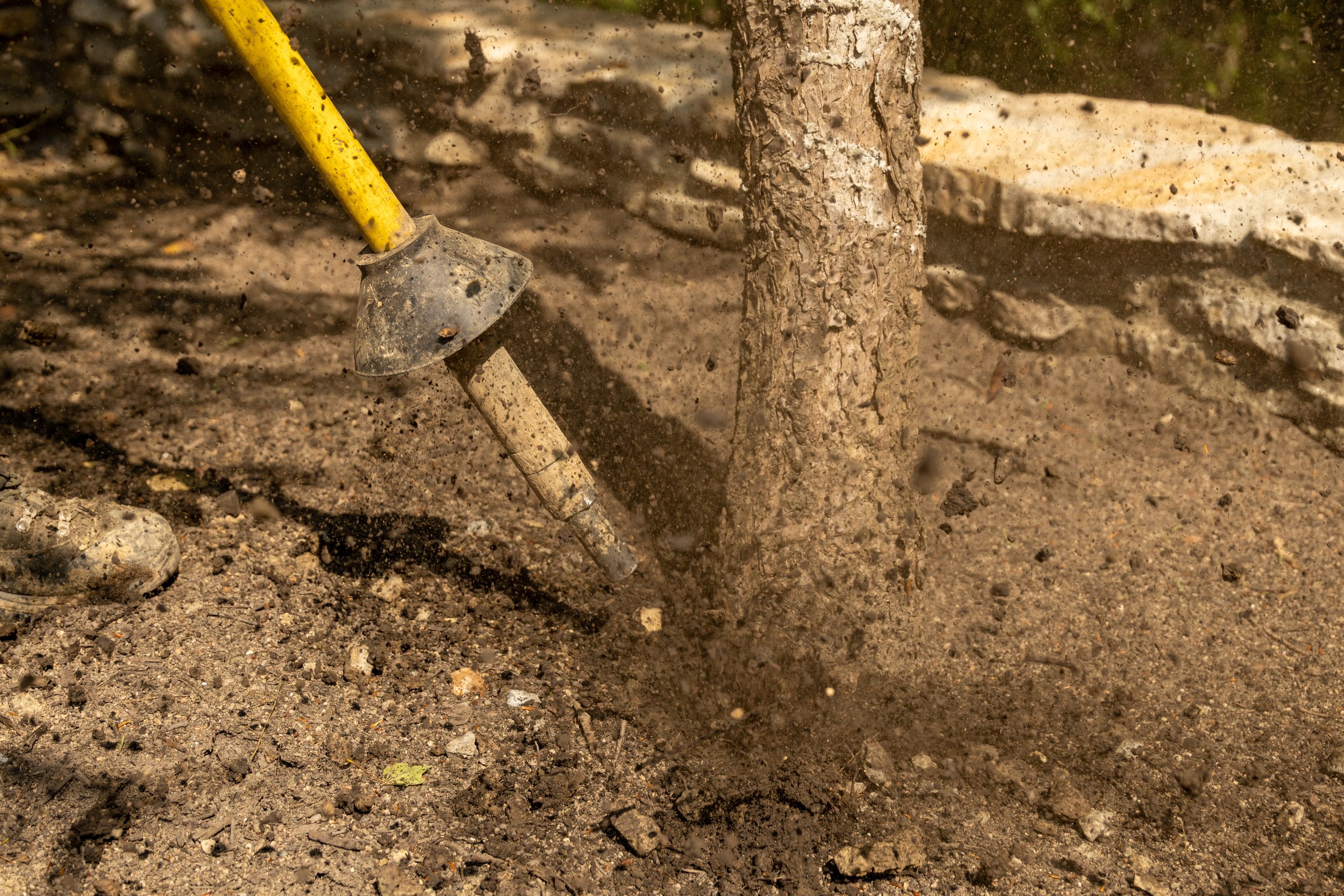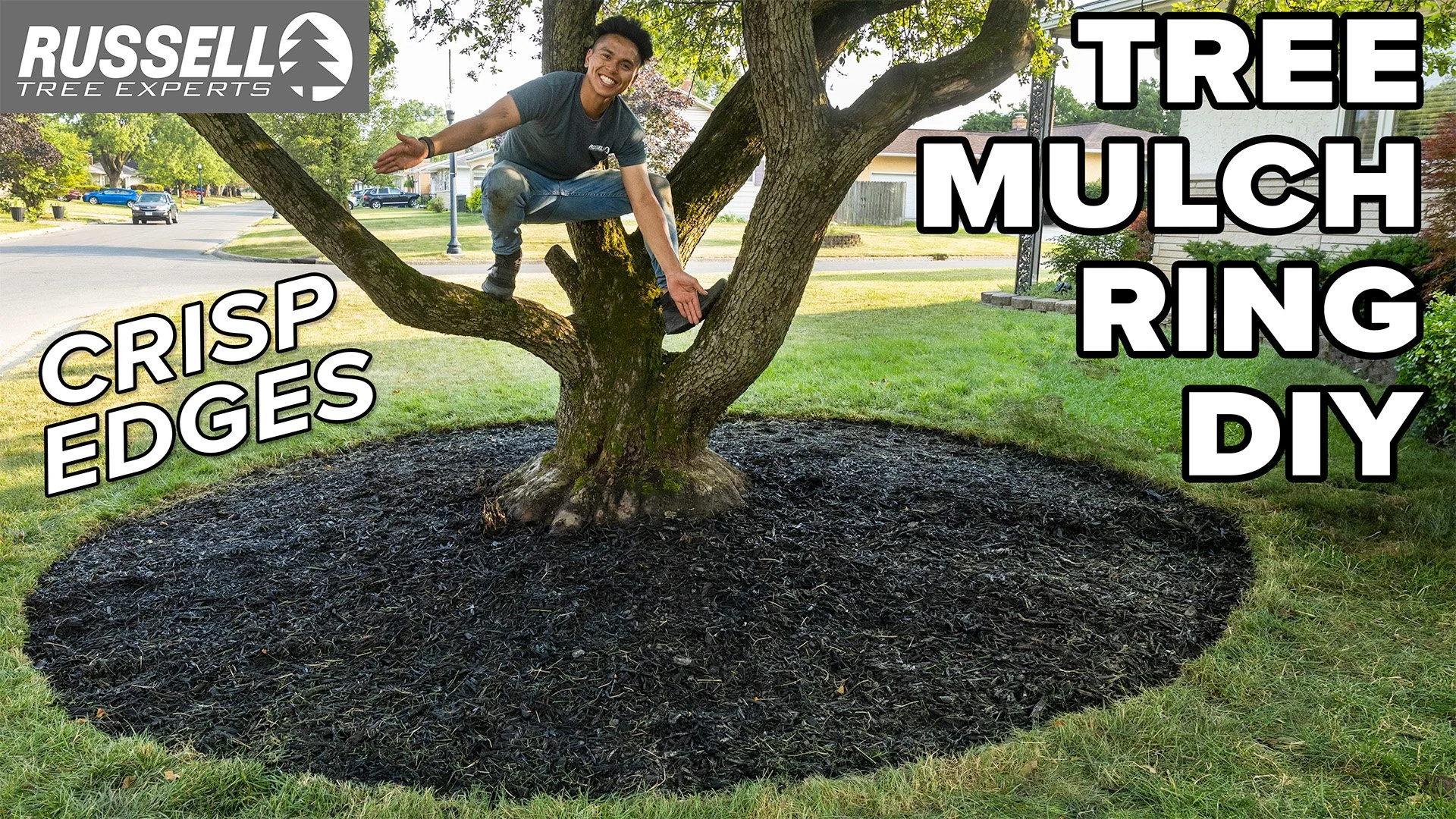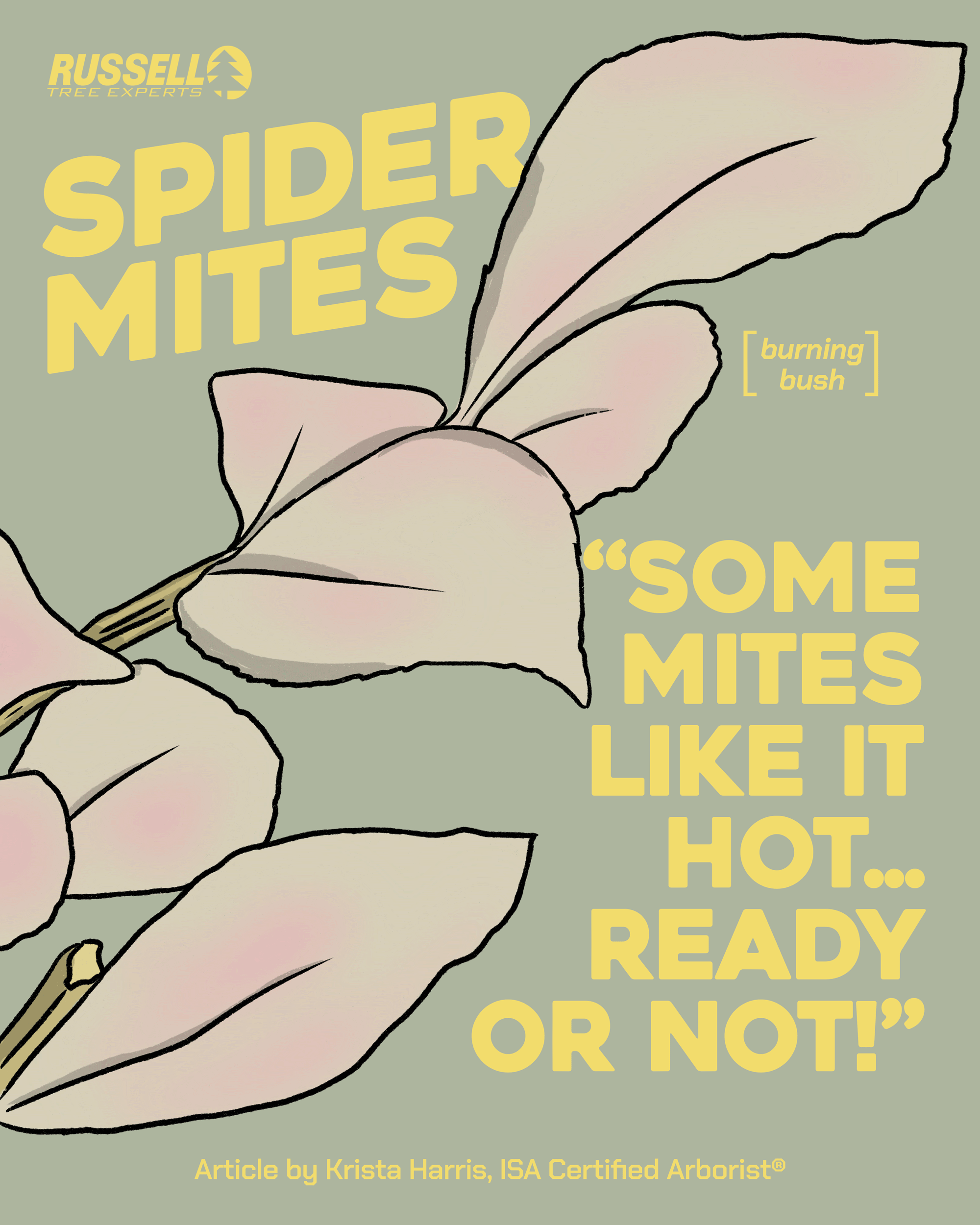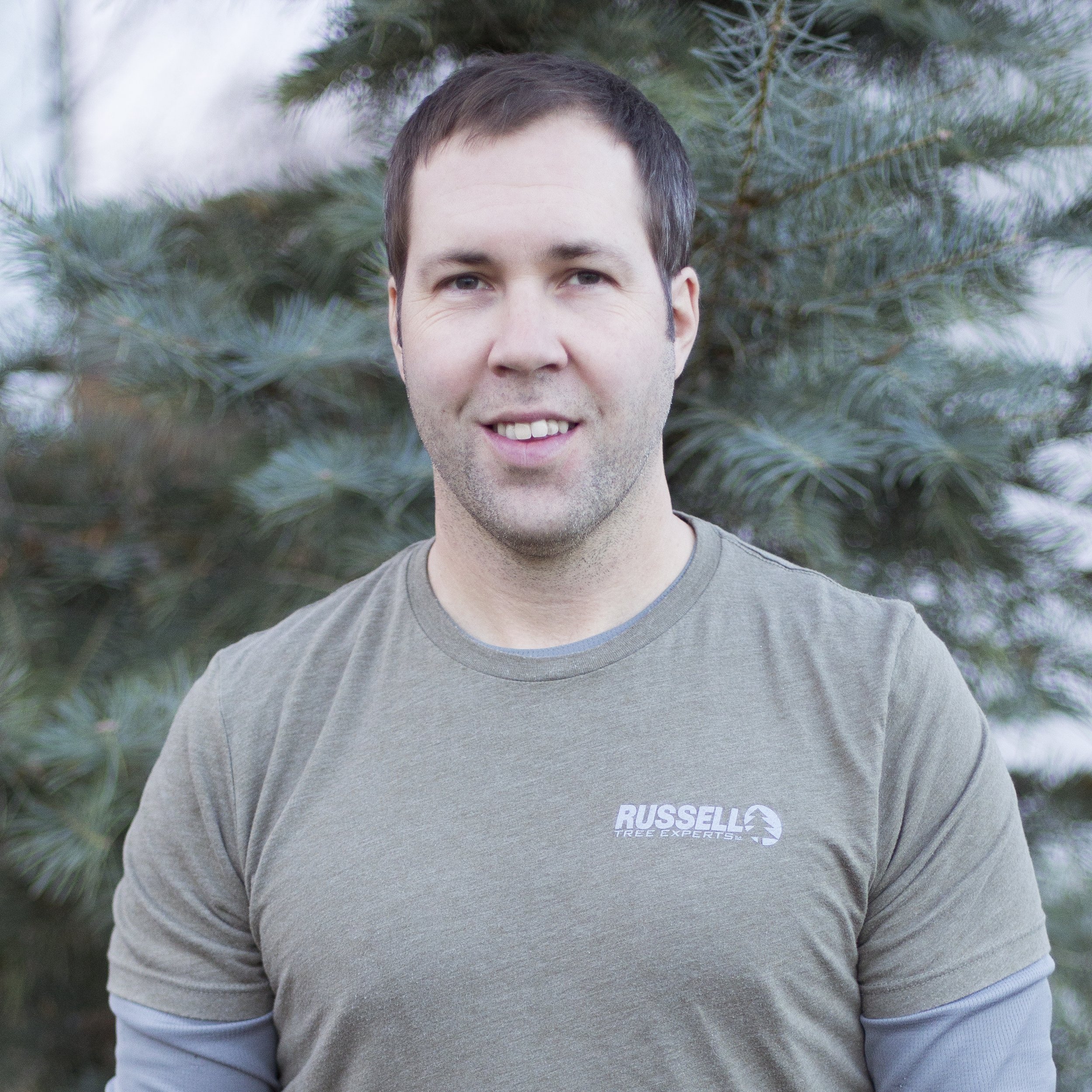By Mitch Lippencott
ISA Certified Arborist® OH-6715A
March 27, 2025
The Basics
Fire blight is a bacterial infection lethal to members of the Rosaceae family, which includes rose, pear, cherry, apple, serviceberry, hawthorn, and quince. While it can't be effectively cured, preventative measures have prolonged the lives of infected plants. Most importantly, disease-resistant cultivars have greatly reduced die-off rates.
What Does Fire Blight Look Like?
As the name suggests, plants affected by fire blight appear burnt. When daytime temperatures rise above 65 degrees, leaves begin to wilt, and new stems become dry and brown. Soon, whole twigs darken, and often curl into a distinctive 'shepherd's crook'.
Fruits turn black, and are “mummified” in place. Eventually, entire branches canker and ooze. At this point, the bacteria has spread to all parts of the tree, including the root system. There are fungal pathogens and weather-related injuries with similar visuals, so tissue samples should be sent to a lab before conducting treatment.
Where Does It Come From?
Erwinia amylovora, the bacterial strain causing fire blight symptoms, can be spread by air, water, and insect and human activity. It can enter a host plant in several ways. When flowers begin to open, air and waterborne strains find their way in to the flower's reproductive organs. As pollinators visit infected flowers, they spread the bacteria to uninfected flowers. Unsealed pruning cuts, broken branches, and even holes made by sucking insects, like aphids, are other paths into the tree. As the disease progresses to the point of bark canker, the cankers themselves are entry points, and the ooze seeping out of them attracts additional insect spreaders.
Humans distribute the bacteria when they cut or move affected wood, fruit, or leaves - just as germs linger on door handles, fire blight remains alive and mobile on all living tissue and the tools used to handle it. Deer and other herbivores further distribute fire blight by feeding.
Wilted leaves with a burnt color is a symptom of fire blight.
How Bad is It?
Bad. It spreads rapidly, mutates easily, and is almost always fatal. Young infected trees can die in a single season. Healthy, established trees being managed can hang on for many years, but still typically die because of the infection. While resistant cultivars have largely eliminated the death of entire properties, even today, infected plants are almost always in the express-lane to removal.
Can It Be Treated?
Not well. The only highly effective defense is planting cultivars resistant to infection. At this time, all pear and quince cultivars are somewhat susceptible. The popular apple cultivars Fuji, Honeycrisp, and Red Delicious show strong resistance to fire blight. For crabapples, 'Prairiefire', and 'Golden Raindrops' are highly resistant, while 'Autumn Brilliance' is a resistant serviceberry tree. No popular flowering cherry varieties are at high risk.
Branches infected by fire blight should be cautiously removed. Tools must be disinfected afterwards.
The second-best protection is proper cultural practices. Fire blight thrives in moisture and humidity, so plants in full sun with good airflow and well draining soil are less prone to infection. Proper irrigation is critical. Branches displaying fire blight symptoms should be cautiously removed.
Cuts must be made at least 10 inches below the first visibly infected branch portion. Tools must be disinfected with isopropyl alcohol or bleach solutions after every cut. Cut material must be collected and discarded properly. Pruning healthy tissue for clearance or fruit production should be kept to a minimum and cuts should be kept as small as possible. High-nitrogen fertilizers, like those used on turf, should be avoided to encourage cut wounds to seal over, rather than sprout.
Are There Chemical Controls?
There are many, but none are particularly good. The lowest-level chemical intervention is repeated spray applications of neem or horticultural oil during flowering. The viscous oils have shown slight improvements in infection resistance by clogging the openings airborne bacteria use to enter flower sex organs. They may only be used preventatively on healthy trees and can onlytreat as high as the applicator's spray system allows.
Leaves infected by fire blight
Repeated antibiotic spray applications in early spring are a slightly more effective option. They can be used preventatively, and to delay spread in already diseased trees. Unfortunately, applying these chemicals multiple times is often more expensive than replacement.. Worse, the erwiniaamylovora bacteria can develop resistance rapidly unless many different chemicals are cycled, driving up costs further. In my professional experience, the only somewhat effective chemical control is a trunk-injectedantibiotic. This once-each-spring application is also expensive, but may stave off the advance of infection for 5+ years.
Conclusion
While still deadly to susceptible hosts, the development of fire blight resistant cultivars has greatly reduced the rate of loss of some our favorite ornamental and fruit tree species. Planting in appropriate locations and improving pruning and irrigation practices are more effective and far cheaper than chemical controls. Submitting samples to a plant diagnostic laboratory is the only true way to confirm a fire blight infection. If you suspect fire blight is present in your trees, please call our local office at (614)-895-7000 or visit RussellTreeExperts.com/Quote to request a free quote from one of our ISA Certified Arborists®!
ADDITIONAL ARBOR ED™ ARTICLES!
Mitch Lippencott I Regional Manager, Russell Tree Experts
Mitchell Lippencott joined Russell Tree Experts in 2020 and has been in the green industry for over 20+ years with a diverse background ranging from working for a landscape design company, a retail garden center, and two municipalities! Mitch is an alum from The Ohio State University, a licensed pesticide applicator, a qualified tree risk assessor, and an ISA Certified Arborist®. Outside of work, he enjoys traveling, cooking, and gardening!







